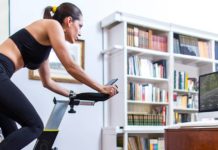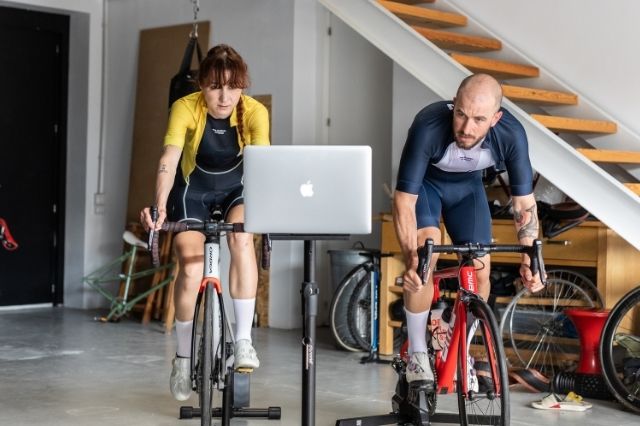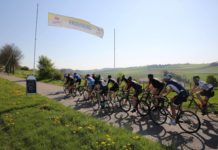Cycling is an activity that not only tests our cardiovascular endurance but also demands flexibility in multiple areas of the body. Flexibility is essential to improve posture on the bike, increase pedalling efficiency, and reduce the risk of injuries.
The importance of flexibility in cycling
Flexibility is a skill that is often overlooked in the sports realm, especially in disciplines where endurance and strength seem to dominate the scene. However, in cycling, having good flexibility is fundamental and plays a crucial role in optimising a cyclist’s performance.
In the context of cycling, this adaptability is essential for various reasons:
• Optimising biomechanics: The way a cyclist sits and pedals, known as cycling biomechanics, determines pedalling efficiency. A flexible body allows the cyclist to adopt an optimal posture on the bike, achieving a more effective energy transfer from the muscles to the pedals. This results in more efficient pedalling, where each revolution maximises the invested energy.
• Reducing the risk of injuries: Good flexibility acts as a kind of “insurance” against injuries. When pedalling, especially in long or intense sessions, muscles and joints are subject to repeated stresses. Flexible muscles can better absorb and adapt to these stresses, avoiding overloads and strains that can lead to injuries.
• Improving blood circulation: Flexibility promotes better blood circulation. Flexible muscles allow adequate blood flow, ensuring that tissues receive enough oxygen and nutrients. This not only improves performance but also speeds up post-training recovery.
• Adaptability to different scenarios: Whether you’re facing mountainous terrain, a steep descent or using a cycling simulator like BKOOL, your ability to adapt to different postures and terrain requirements is directly linked to your flexibility. A stiff body struggles to adapt to rapid position changes, while a flexible body responds more nimbly.
• Comfort and reduction of discomfort: Regular cyclists know that after hours in the saddle, discomfort can arise. Good flexibility minimises these discomforts by allowing the body to move freely, reducing pressure and tension points.
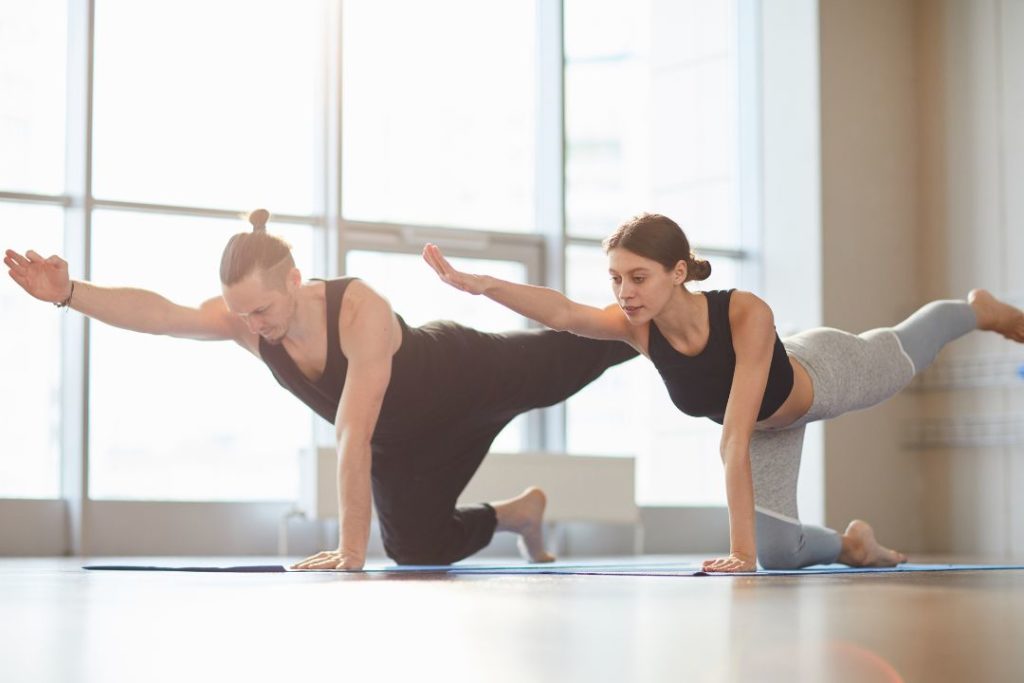
Exercise 1: Dynamic leg stretches
This exercise focuses on improving leg flexibility, especially quadriceps, hamstrings, and calves.
- Standing, bring one leg back and grab your ankle with the hand on the same side. Gently pull the ankle towards your buttock, keeping your knees together.
- Release and repeat with the other leg.
- Perform this movement dynamically, alternating legs for 1-2 minutes.
Exercise 2: Lumbar and hip stretching
Cyclists often develop tension in the lumbar region and hips due to the flexed position.
- Start lying on your back with your knees bent and your feet on the ground.
- Cross one leg over the other, bringing the ankle to the opposite thigh.
- With both hands, grab the leg on the ground and pull it towards you, feeling the stretch in the hip and buttock of the crossed leg.
- Hold for 20-30 seconds and switch sides.
Exercise 3: Trunk twists
This exercise helps improve flexibility in the spine, essential for good posture in cycling.
- Sitting on the ground with your legs extended, bend one leg and cross the foot over the opposite leg.
- Wrap the opposite arm around the bent leg and twist the trunk backward.
- Hold the position for 20-30 seconds and repeat on the other side.
Exercise 4: Hamstring and calf stretches
Since these muscles are essential for pedalling, keeping them flexible is crucial.
- Standing, place one leg in front of you and extend it with your foot flexed.
- Lean your torso forward, keeping your back straight, feeling the stretch in the back of the leg.
- Hold for 20-30 seconds and switch sides.
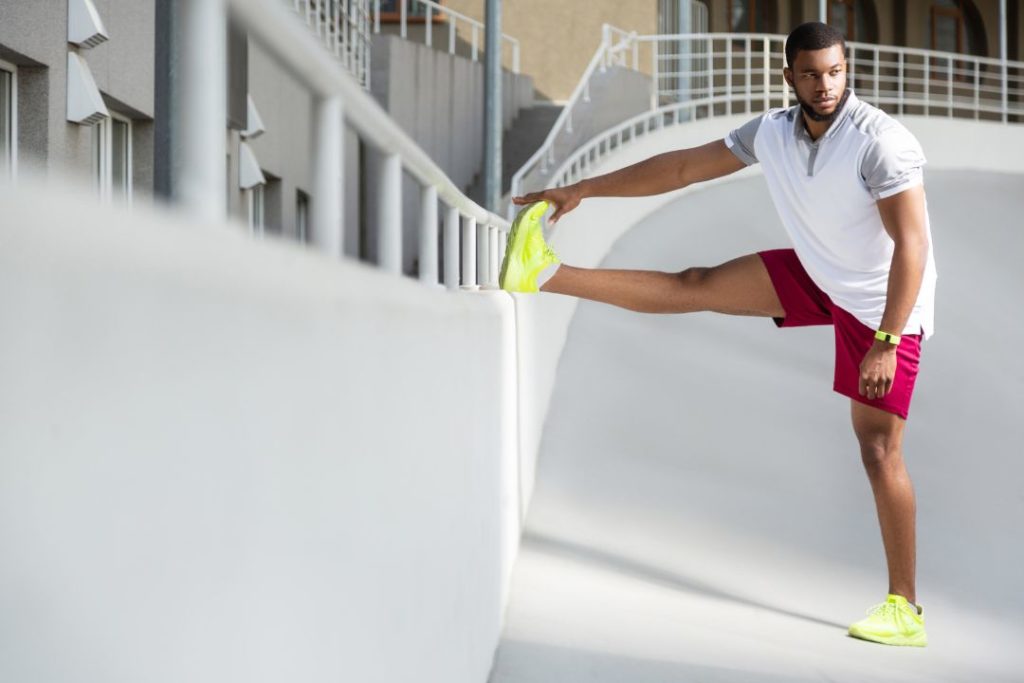
Exercise 5: Strengthening and elongation of the spine
This exercise is perfect to counteract the typical hunched position of cycling.
- Lie face down with your hands at shoulder height.
- Press against the ground and arch your back, lifting your chest and looking forward. It’s similar to the “cobra” position in yoga.
- Hold the position for 15-20 seconds and return to the starting position.
Tips for safe practice
Always remember to warm up before stretching. Stretching cold can cause injuries. Also, consistency is key. Just as you spend time on your BKOOL cycling simulator, invest time in improving your flexibility. Performing these exercises daily or at least three times a week can bring notable changes to your performance and comfort in cycling.
Flexibility is an essential component in cycling. Whether you’re riding outdoors or on a cycling simulator like BKOOL, maintaining good flexibility will help improve your performance, reduce the risk of injuries, and enjoy every pedal stroke more. Dedicate time to these exercises, and you’ll notice the difference in your body and your performance on the bike.
BKOOL is the most comprehensive cycling simulator on the market. Try it FREE for 30 days!
